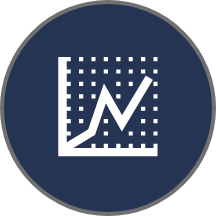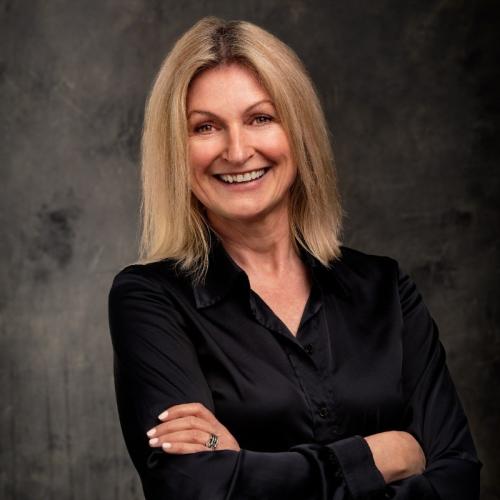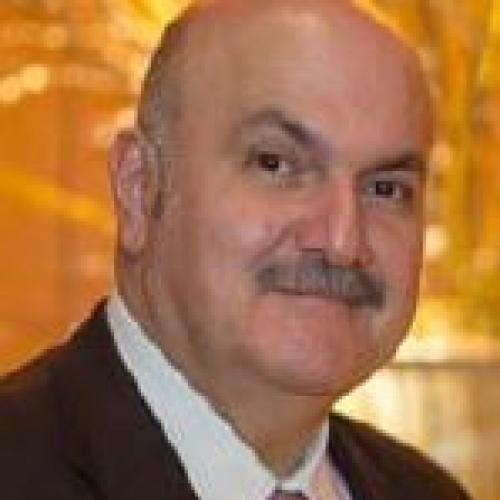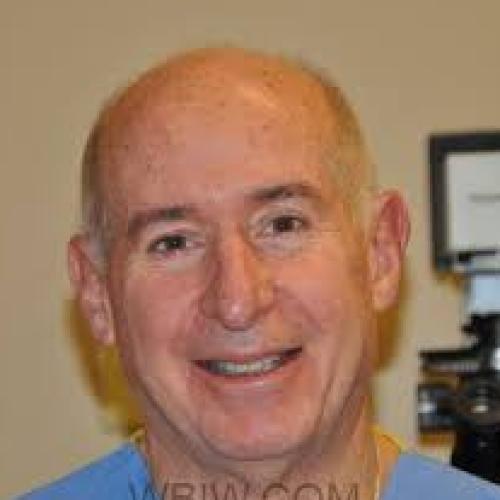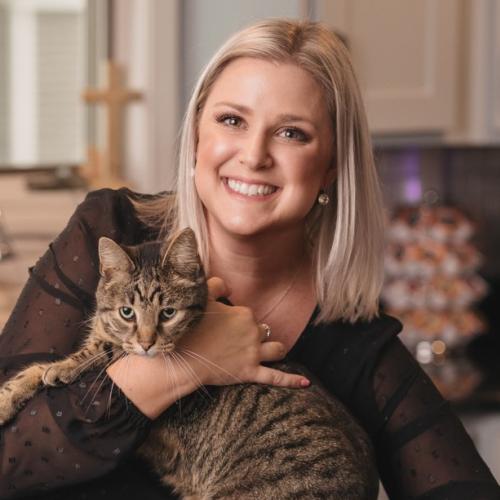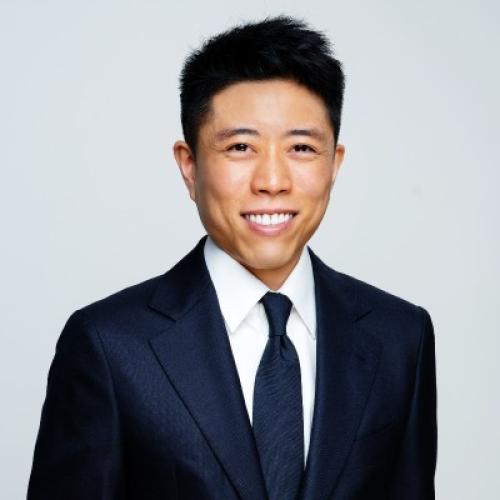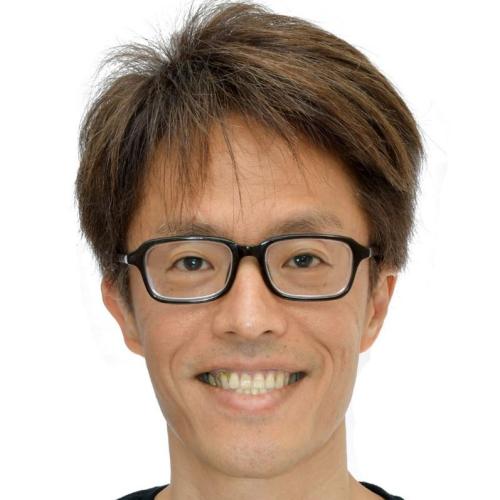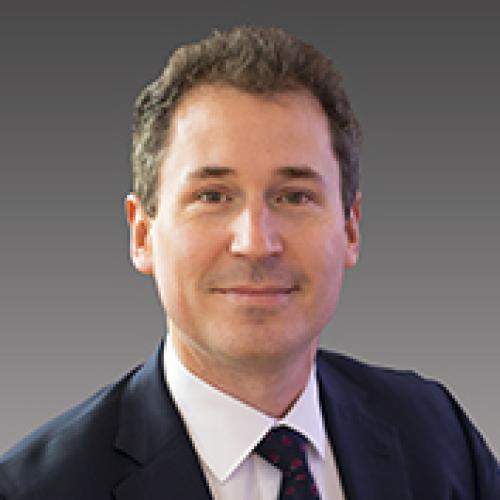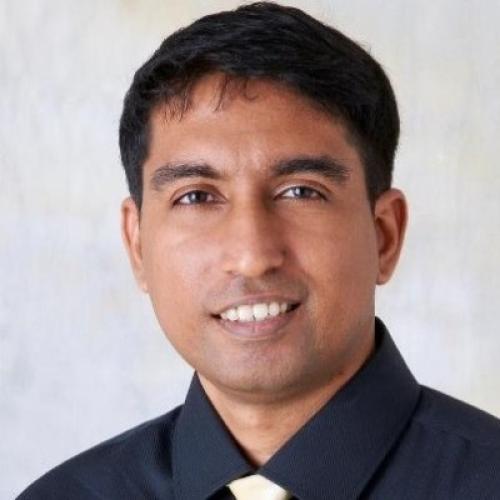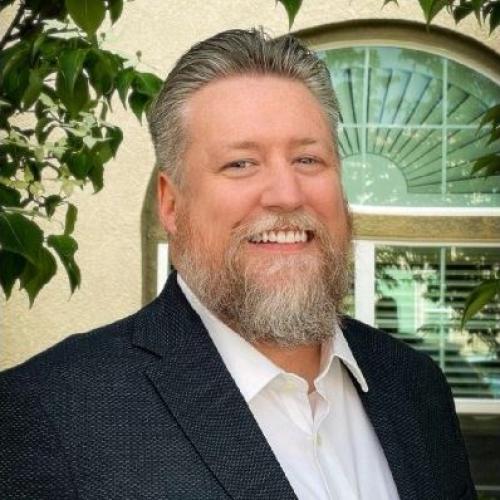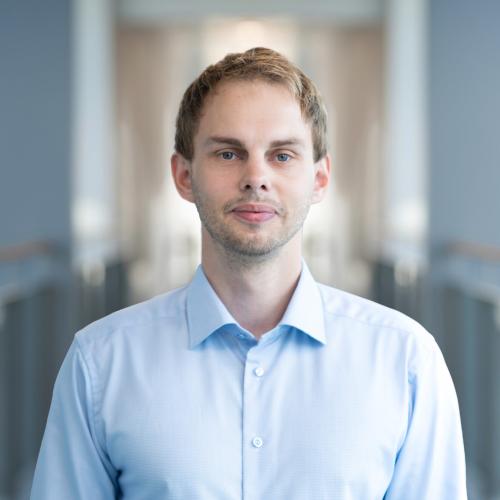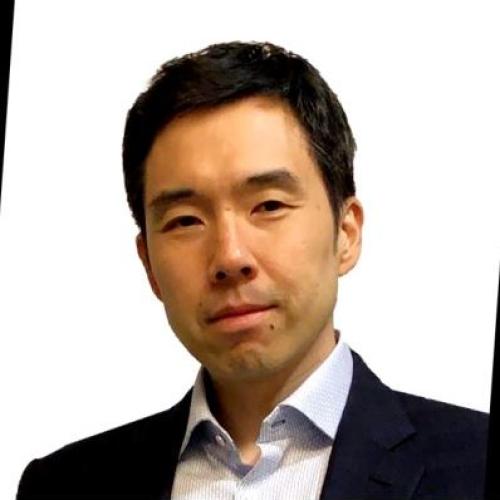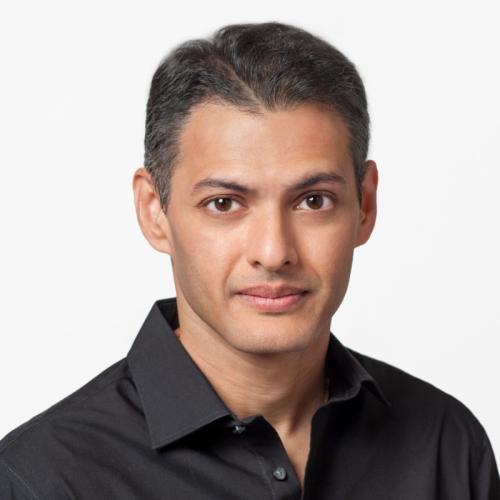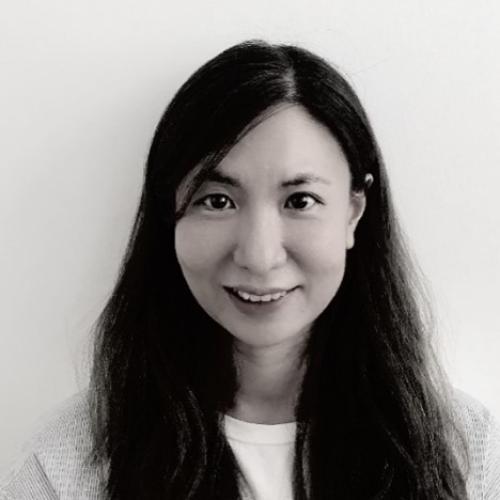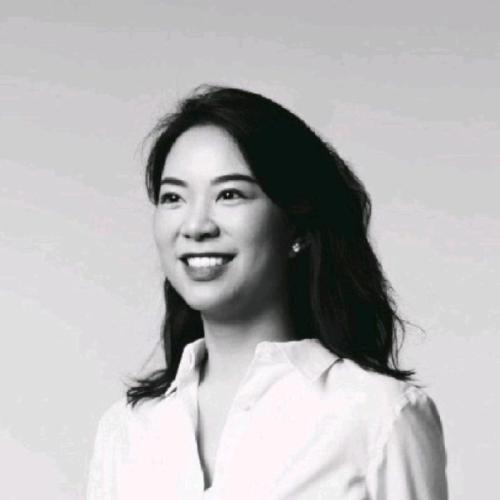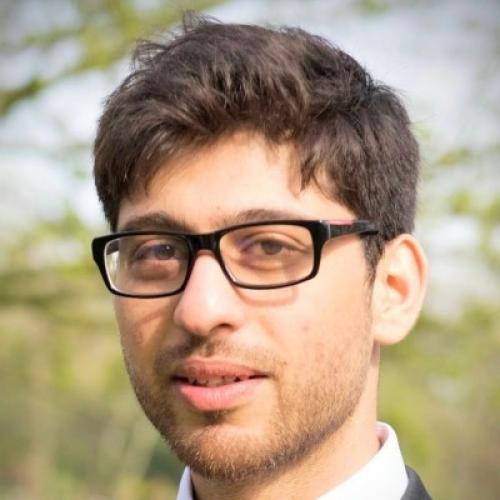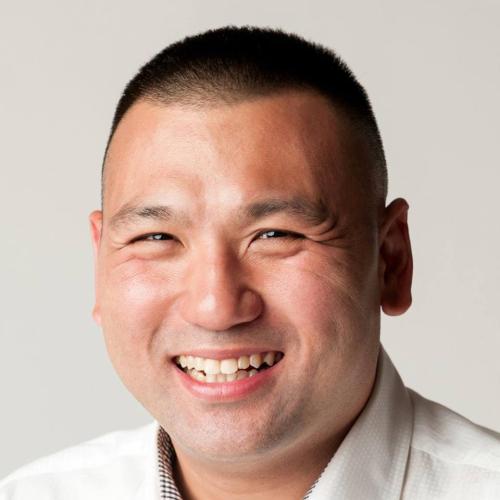Starting with any relevant education, walk me through the twists and turns of your career to date? How did one opportunity lead to the next + what was the key takeaway/ experience in each role + how did this lead you to where you are now)
In small discussion groups, participants will dive into a series of short discussions covering key considerations for PET adoption and implementation.
● Potential applications of PET technologies
● Overcoming consumer perceptions
● Which PET is right for you
● Gaining buy-in and securing budget
● What the investors are saying
● How are regulators lowering the barriers to adoption

